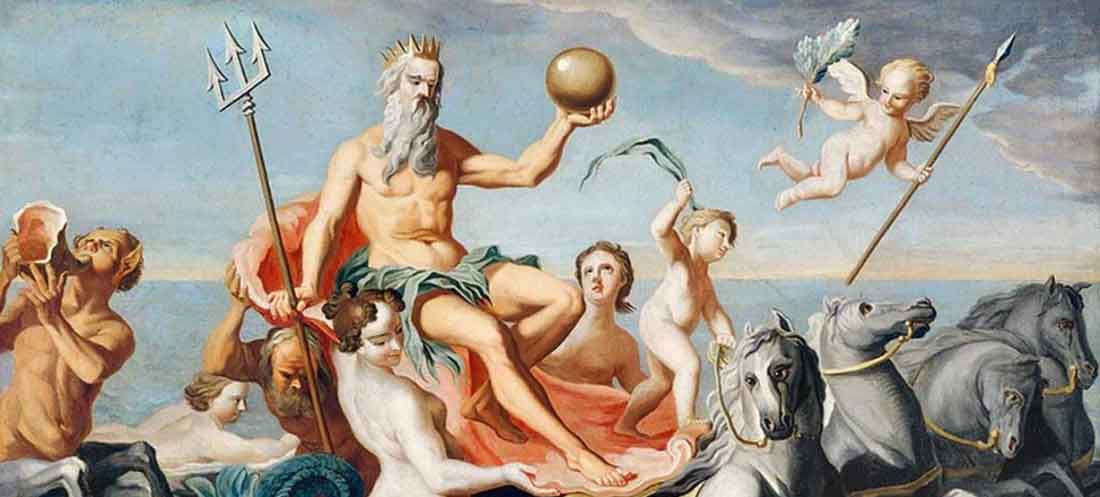Odysseus on the island of Laestrygones

For the island of Laestrygones it is rumored that there was a narrow entrance for ships, between two pieces of land surrounded by steep cliffs. In addition, there is a legend about the island of high monetary reward during night work.
This happened because the men of the island worked during both the day and the night. According to historians, this way of life is identified with the island of Sardinia, from where it seems that Homer was inspired by the island. The Laestrygones seem to have been the result of observing the Stone Giants of Mont’e Prama in the Sardinian Peninsula. The legend of these gigantic beings became widely known in ancient Greece, thus creating the history of the legendary cannibalistic humans.
Mythologically, the story of the Titans is rooted in a battle between the Olympian Gods and the Titans. The Gods prevailed with the help of Hercules, while the defeated Titans who managed to survive hid under the mountains.
Thus it became known that earthquakes and fires were caused by the movements of the giants. However, as time went on and they could no longer live underground, they decided to seclude themselves on an island, trapping and eating people, as it was the only thing that pleased them. No god intervened there, because the giants knew the consequences if they left the island. This island was the island of Laistrygoni.
The companions of Odysseus, therefore, without knowing what dangers – possibly – the island hides, followed a road heading towards the country. Along the way, they met a tall and beautiful woman collecting water. The girl led Odysseus’ companions to her home. This woman was the daughter of Antifatis, the king of the island. Once they reached the girl’s house, they were confronted by her mother and the king’s wife. He had a very terrifying and gigantic form.
As soon as Antiphates’ wife saw Odysseus’ men, she called the king. He without any hesitation grabbed one of the men and devoured him. The rest started running for their lives, following the same route they took from the ships.
Antifatis also called the rest of the giants, in order to exterminate their “little enemies”. Then, the giants picked up stones and threw them towards the sea where the ships were tied. The stones were so solid that they were completely destroyed and sank, except for Odysseus’ ship. Most of his men were killed or captured by the Laestrygones.
The reason that Odysseus’ ship was untouched and managed to be saved is once again his cleverness and foresight, tying his own ship outside the narrow passage between the two lands. However, a deeper analysis could point to the fact that life needs foresight and perception for every situation, regardless of whether everything looks like a harbor with calm waters.
After all, the biggest traps for people are not obvious. Just like in the myth, the biggest and most difficult battle that Odysseus fought in the entire journey was in the most peaceful port.
Here it is worth noting that Homer gave Odysseus a greater human dimension, as this attitude filled the hero with anguish, frustration, guilt and mourning. The massive loss of the men he had fought and gotten there with was his first major loss so far on the journey. T
his fact worked in his psychology as a motivation to tie up the only ship left in the port of Ithaca and set foot on fresh soil and for the honor of his men beyond his mental satisfaction.
